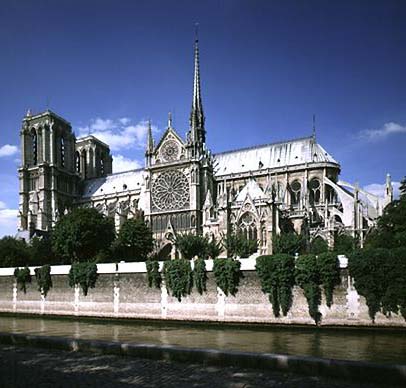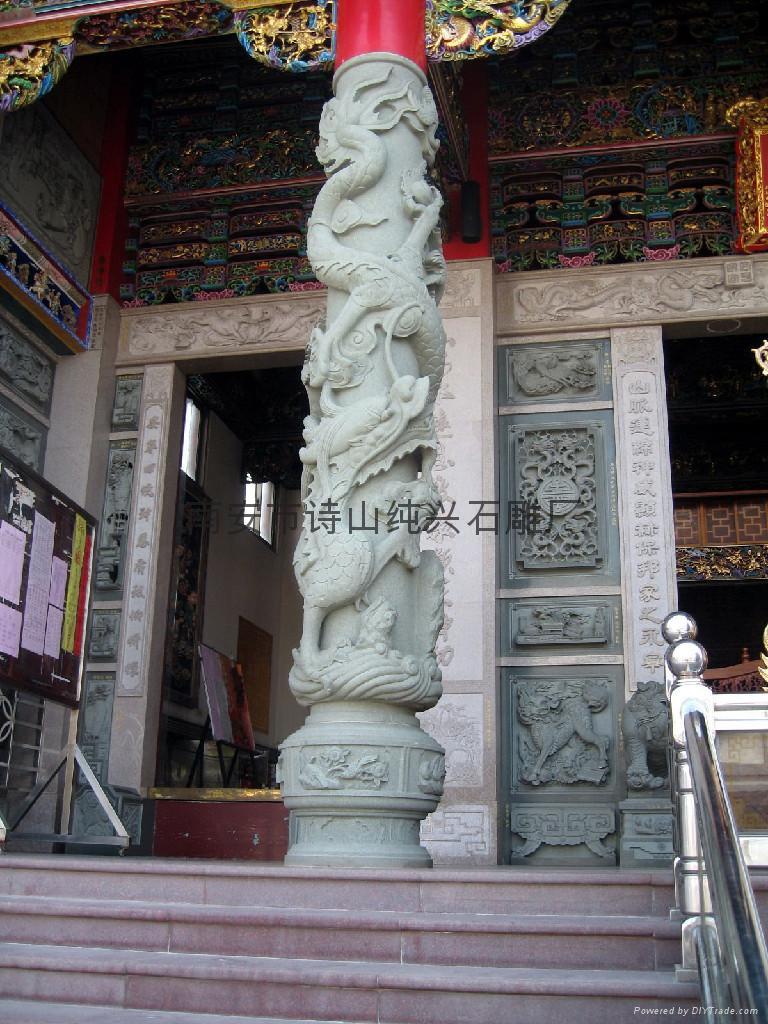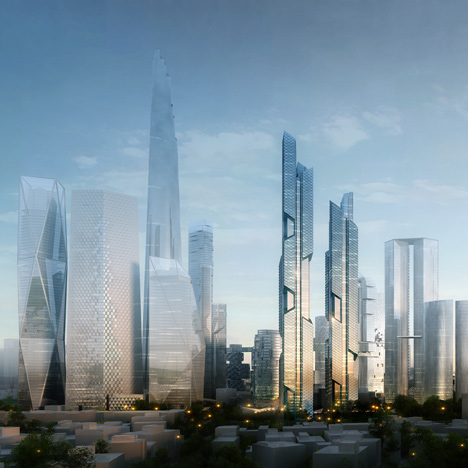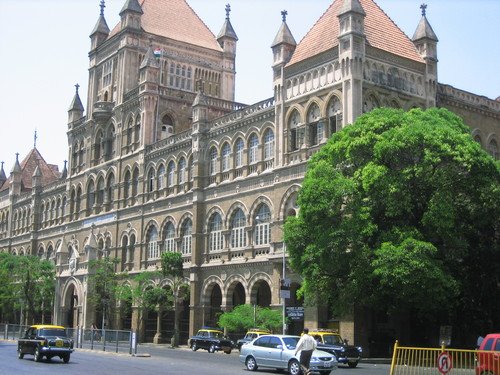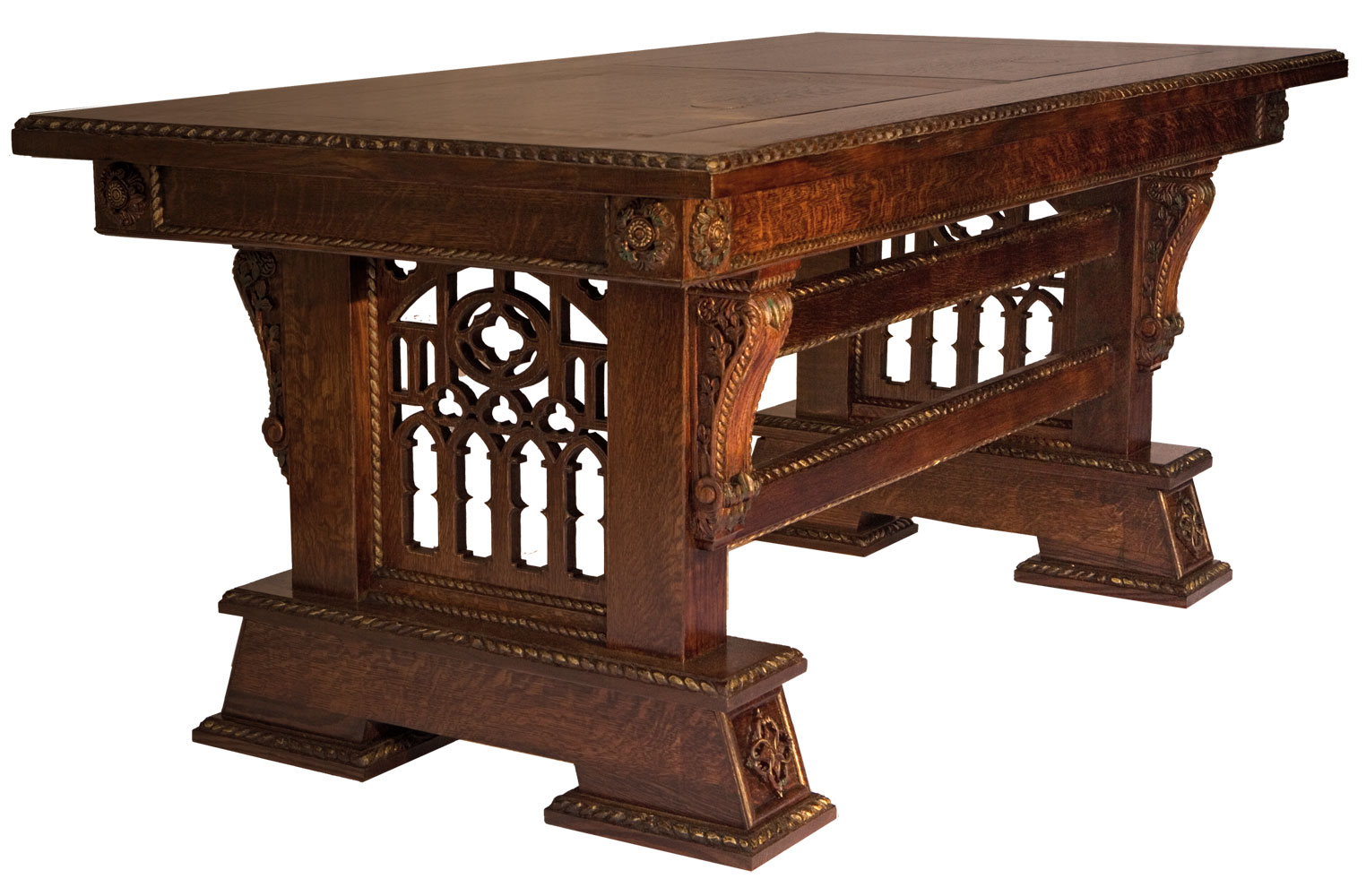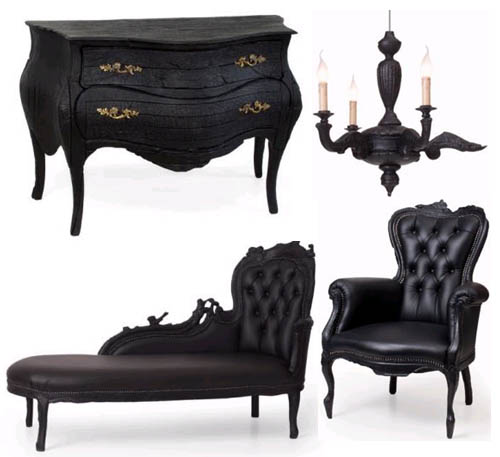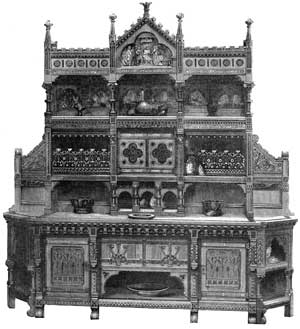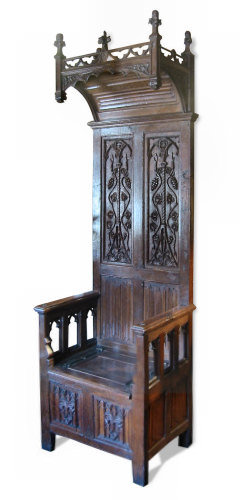The archetypal monastery building arose during this movement, with its squat buildings that were either rectangular or circular. For instance, the renowned abbey Mont-Saint-Michel was built in the Norman era. In fact, the majority of Norman Architecture is religious structures, from village churches to royal cathedrals. A hallmark of Norman churches is their cross-like shape, deriving from the Roman basilica pattern. These churches also had bell towers, or campaniles, which were built nearby the main church buildings.
The quintessential medieval castles are also a distinctly Norman innovation. They arose not only in England but also in Scotland, Ireland, Normandy, and even Italy. In Italy, however, Norman features were combined with Byzantine and Arabic styles, which made for less gloominess.
Norman Architecture is actually an outgrowth of Romanesque Architecture, which began in Lombardy, Italy. Romanesque derives much of its architecture from classic Roman styles, such as arches, vaults, columns, and arcades. It greatly utilized the rounded arch, a Roman invention. It also used a great variety of vault styles. The prevailing type was the barrel vault, a curved vault used widely in cloisters.
The building materials used in Norman Architecture mainly included stones, so as to give the buildings greater stability. These stones were uncut because there were no real architectural jobs, such as mason jobs, in the Norman era. Therefore, buildings were made up of large, irregularly shaped stones that contributed to their bulky look.
Norman roofs were vaulted, like their Roman predecessors. Vaults allowed for more balanced weight distribution across the roof. Norman buildings' adornment was minimal, though some architects used their chisels to carve a series of arches into walls. These were not actual arches, but carvings giving a trompe de l'oeil effect. Moreover, some architects carved moldings onto stone surfaces. A minority of architects even became so adroit with their chisel that they sculpted animals onto reliefs over doorways, or tympanums. Arches and columns were also minimally decorated elements. As the Norman movement reached its peak in the 12th century, however, it gave rise to more ornamentation. This ornamentation gradually culminated in the first stained glass windows in the 12th century, directly before the Gothic Architecture took hold.
Norman Architecture is additionally distinguished by very small windows. Before the Gothic movement, architects avoided installing large windows because it increased the chances of building collapse. Therefore, people who resided in Norman buildings were in extremely dim surroundings, using candles as their only source of light. It wasn't until the Gothic period that architects safely installed huge windows to let in an enormous quantity of light, giving cathedrals their celestial quality.
Yet, Romanesque and Norman Architecture also blazed new trails by installing much taller buildings, such as castles and cathedrals, which were the largest structures in Europe at that point. These buildings were usually square and inhabited by guards who worked as night watchmen, scanning the surrounding landscape for intruders.
With these taller buildings came much denser walls to give the needed support to these great heights. Inside these buildings, there were also large columns that bolstered structural support. These walls would become much thinner with the advent of flying buttresses, which arose in the Gothic movement.
One of England's first pieces of Norman Architecture was London's Westminster Abbey. Though this structure is now largely Gothic, it began as a Norman construction. Many Gothic structures, in fact, began as Norman buildings that were later elaborated on by Gothic architects. Many central towers (keeps) on castle and cathedral grounds were also Norman. These square, dense-walled structures were used as dungeons as well as defense fortresses. The Tower of London (also called the White Tower), which served as the royal dungeon, is another penultimate example of Norman Architecture. Like all Romanesque buildings, it was tall in its day, reaching about 90 feet high. It also contained extremely thick walls, spanning about 15 feet wide, to support that height. It is, like many Romanesque buildings, a fortress-like building.
While Gothic Architecture produced extremely tall, magnificent structures, these structures were essentially continuations of Norman Architecture. Gothic Architecture utilized pointed arches rather than Norman rounded arches, along with ribbed vaults that were combinations of Norman barrel vaults. Therefore, Gothic Architecture as we know it may not have taken place without its grounding in Norman Architecture.
Today, most people immediately associate Norman and Romanesque architectural styles with the fairy-tale medieval period. Architects have learned that these castles and cathedrals were not so much royal residences as densely armed fortifications. In truth, most Norman structures have been the sites of much bloodshed and suffering. The "Dark Ages," by which the Middle Ages was alternately known, may have been due in part to the dimness of Norman buildings, as a result of their extremely small windows.
Today's architects are not rebuilding Norman Architecture, except for historical reproduction purposes. Church builders, moreover, take more inspiration from the Gothic period than any other architectural period. However, most architects certainly regard the Norman movement as an architectural watershed. Norman Architecture realized unsurpassed heights and first renewed the magnificence of classical styles. Though taking place in a dark period, it manifested the collective desire to reawaken human greatness, as people perceived it in classical architecture. Part of Norman Architecture's legacy was to have passed on this desire in large measure to the succeeding Renaissance era.















